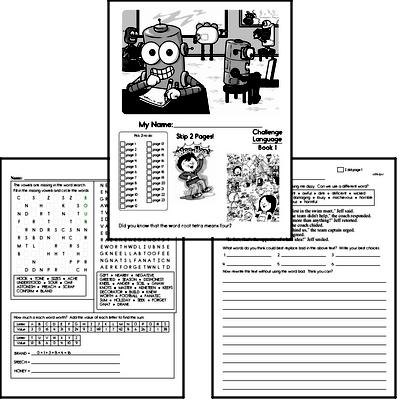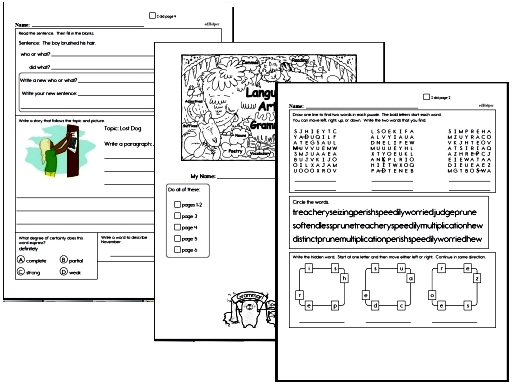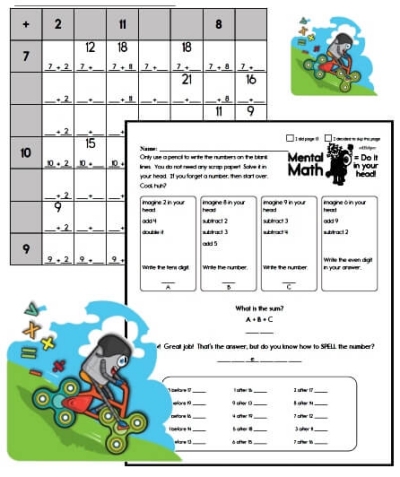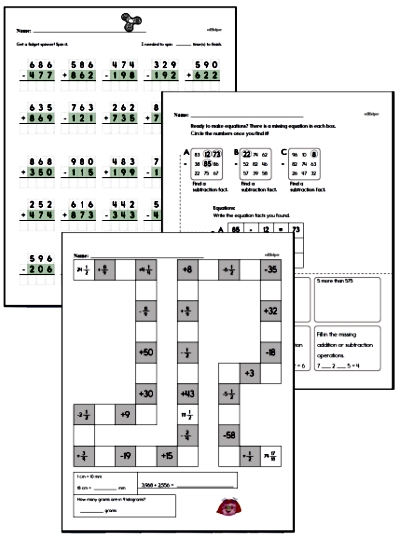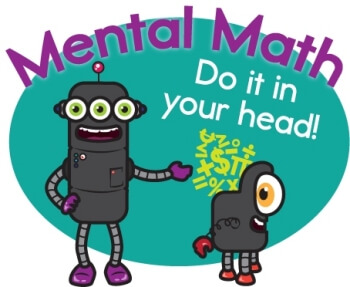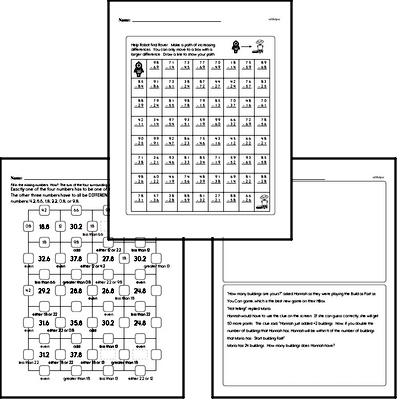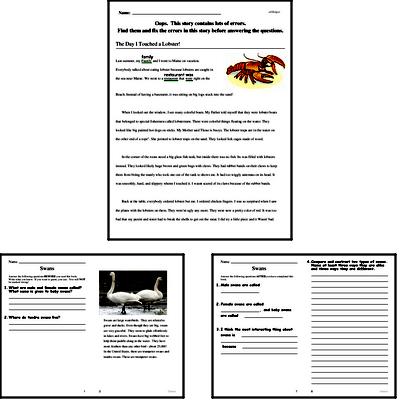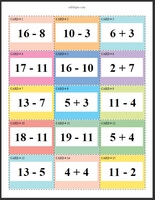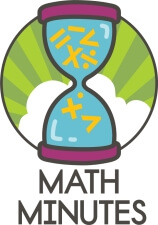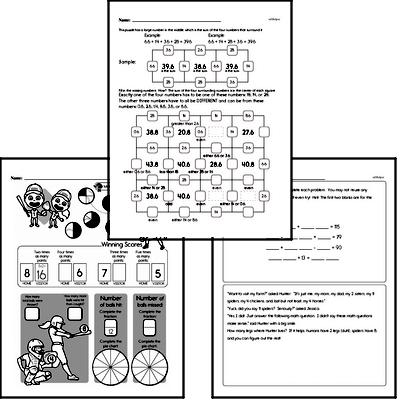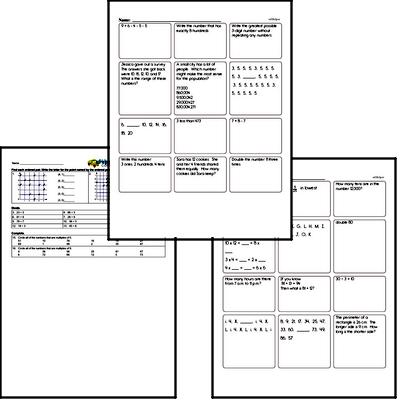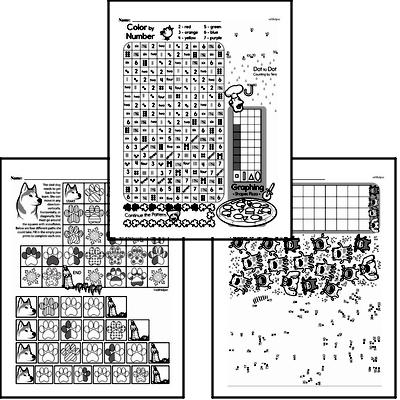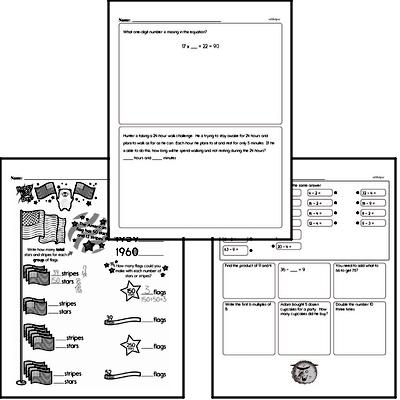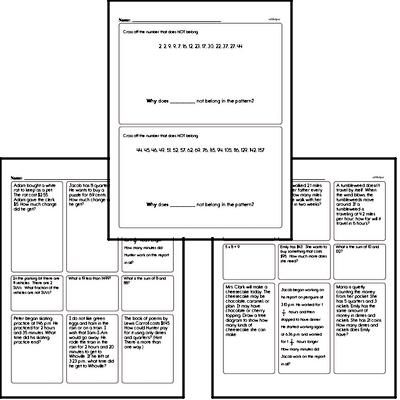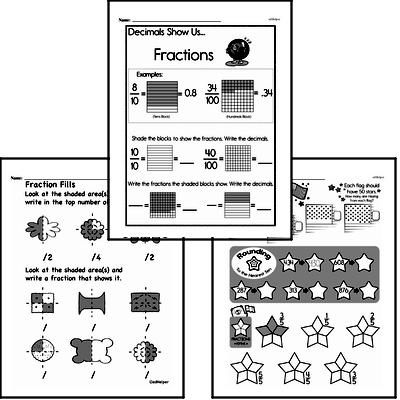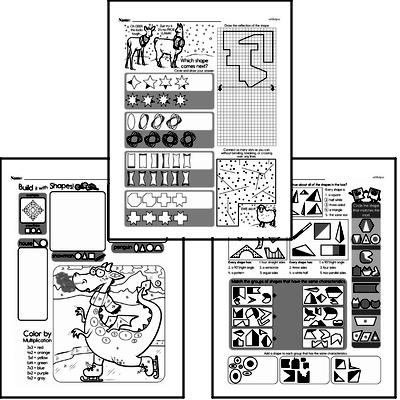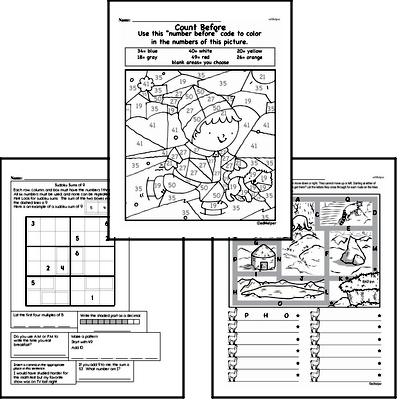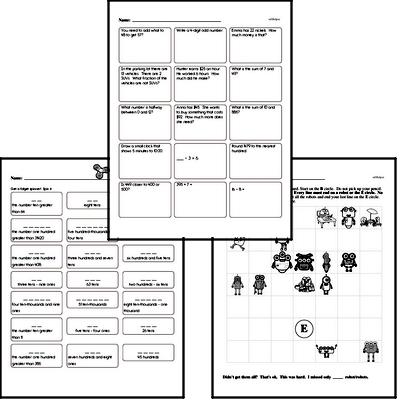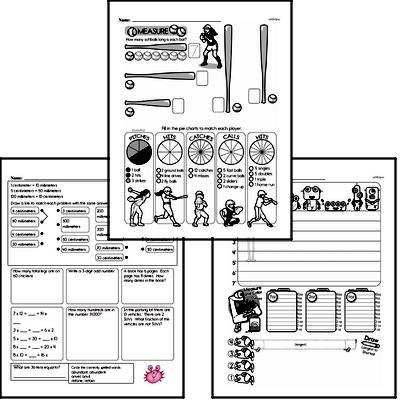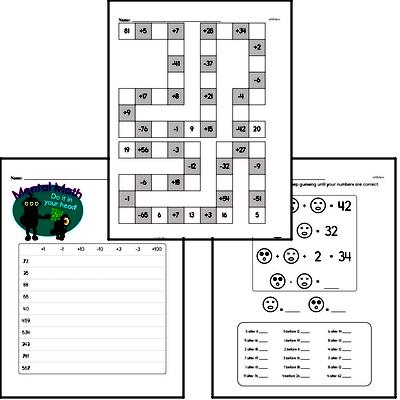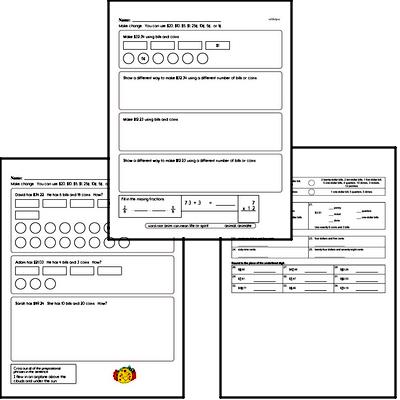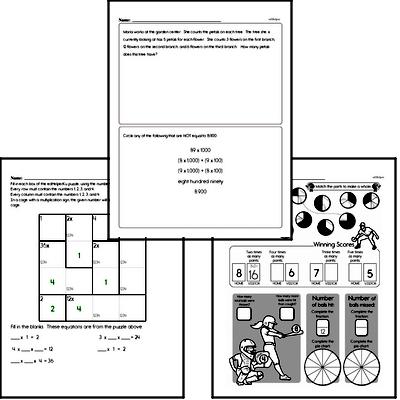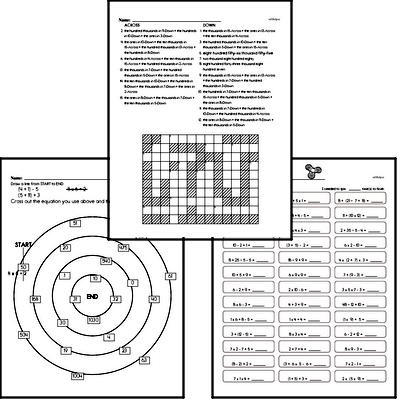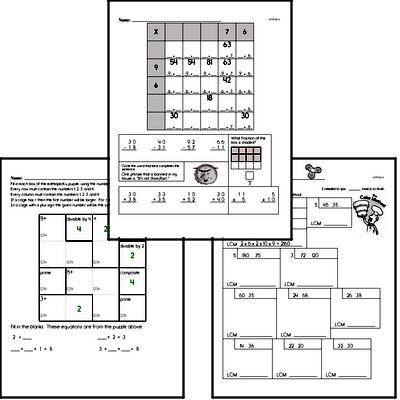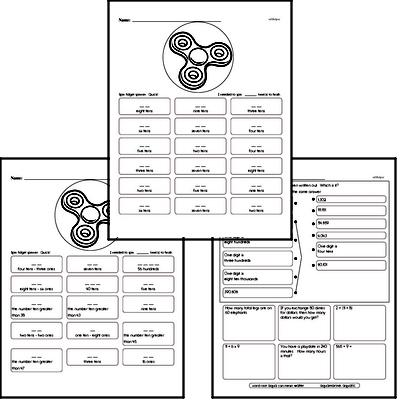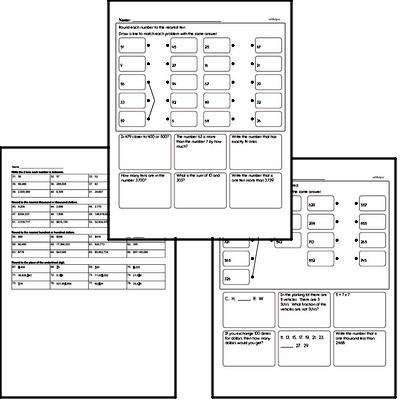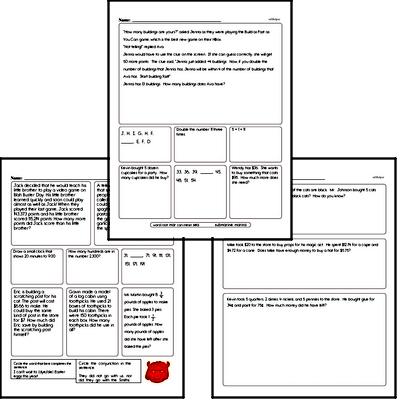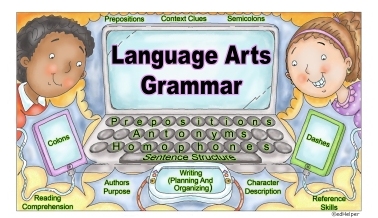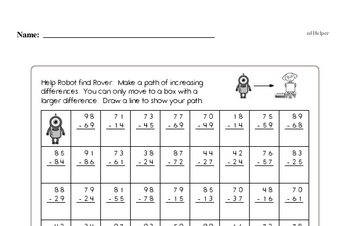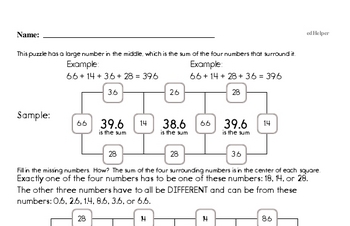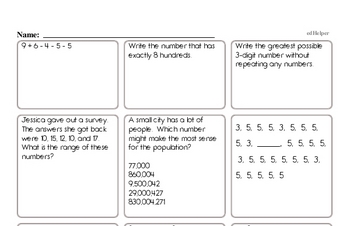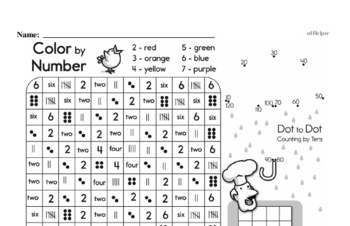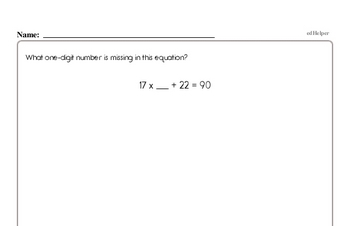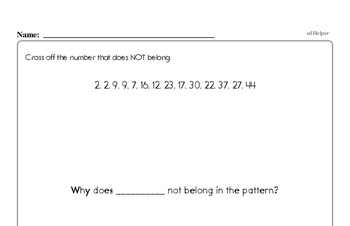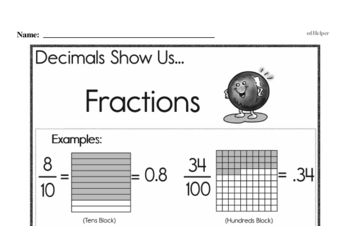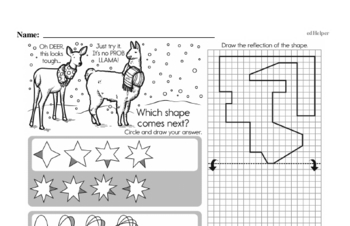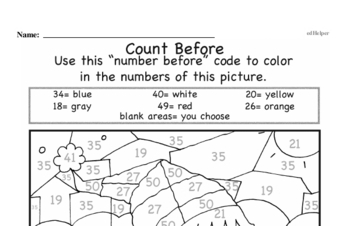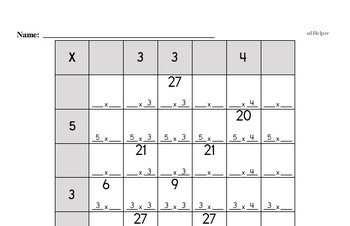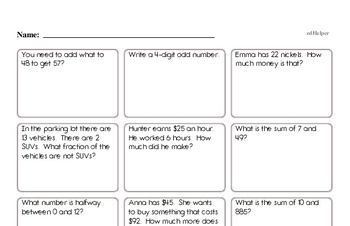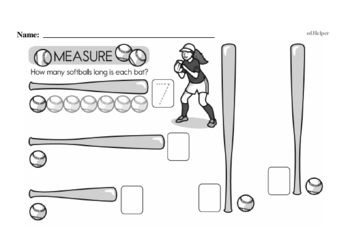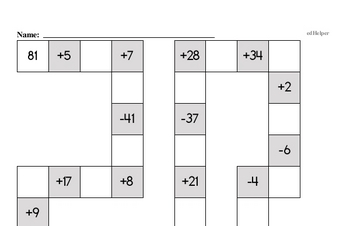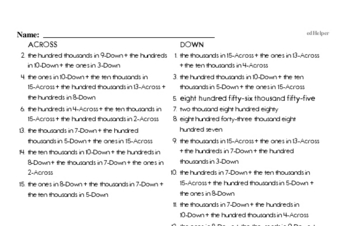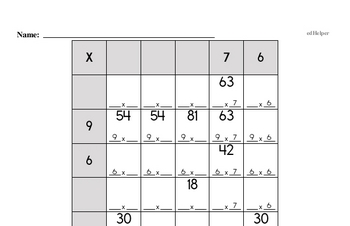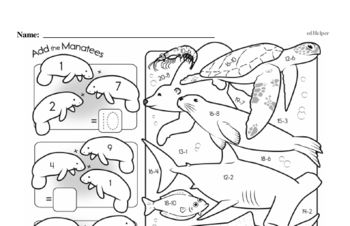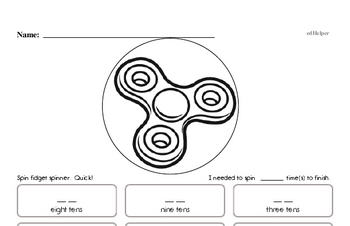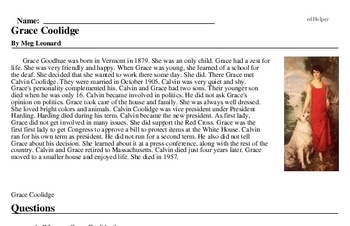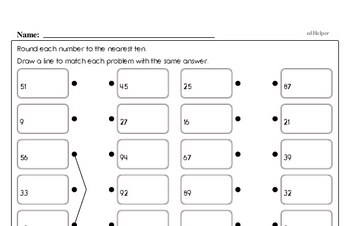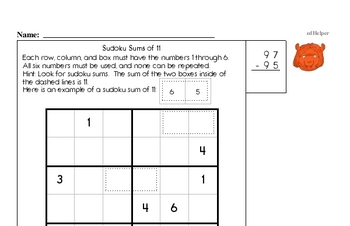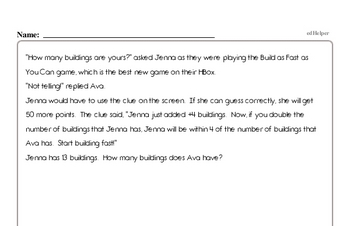Common Core and Math in Fourth Grade
In fourth grade, students will focus on three areas: (1) develop understanding and fluency with multi-digit multiplication and develop understanding of dividing to find quotients involving multi-digit dividends; (2) develop an understanding of fraction equivalence, addition and subtraction of fractions with like denominators, and multiplication of fractions by whole numbers; (3) understand that geometric figures can be analyzed and classified based on their properties, such as having parallel sides, perpendicular sides, particular angle measures, and symmetry.
Fourth-grade students will become fluent with multi-digit addition, subtraction, multiplication, and division (with remainders) and solve multistep word problems. They will consider the reasonableness of answers using mental computation and estimation strategies including rounding. They will illustrate and explain the calculation by using equations, rectangular arrays, and/or area models. Students will find all factor pairs for a whole number up to 100 and will determine if a number in that range is prime or composite. Students will generate a number or shape pattern that follows a given rule and be able to explain why the pattern will continue. Students will work with fractions (proper as well as improper) and extend their understanding of fraction equivalence and ordering. They will record the results of comparisons with symbols >, =, or <, and justify the conclusions by using a visual fraction model. They will build an understanding that the addition and subtraction of fractions is joining and separating parts referring to the same whole and solve word problems involving fractions. They will add and subtract mixed numbers with like denominators. Students will use decimal notation for fractions with denominators 10 or 100. For example, rewrite 0.62 as 62/100; describe a length as 0.62 meters; locate 0.62 on a number line diagram. They will solve problems involving measurement and conversion of measurements of units (including km, m, cm; kg, g; lb., oz.; l, ml; hr., min, sec).
Students will develop an understanding of place value to 1,000,000. They will use place value understanding and properties of operations to round multi-digit whole numbers to any place and to perform multi-digit arithmetic. They will read, write, and compare multi-digit whole numbers using base-ten numerals, number names, and expanded form and use >, =, and < symbols to record the results of comparisons.
Students will use the four operations to solve word problems involving distances, intervals of time, liquid volumes, masses of objects, and money, including problems involving simple fractions or decimals, and problems that require expressing measurements given in a larger unit in terms of a smaller unit. Represent measurement quantities using diagrams such as number line diagrams that feature a measurement scale. Students will find the area and perimeter for rectangles in real world and mathematical problems using formulas. For example, find the width of a rectangular room given the area of the flooring and the length, by viewing the area formula as a multiplication equation with an unknown factor.
Students will represent and interpret data using line plots and other visual models. For example, from a line plot find and interpret the difference in length between the longest and shortest specimens in an insect collection.
Students will recognize angles as geometric shapes that are formed wherever two rays share a common endpoint and measure angles in whole-number degrees using a protractor. They will sketch angles of specified measure and solve addition and subtraction problems to find unknown angles on a diagram in real world and mathematical problems. They will draw and identify lines and angles, and classify shapes by properties of their lines and angles. Students will draw points, lines, line segments, rays, angles (right, acute, obtuse), and perpendicular and parallel lines and identify these in two-dimensional figures. Students will classify two-dimensional figures based on the presence or absence of parallel or perpendicular lines, or the presence or absence of angles of a specified size and identify right triangles. Students will recognize a line of symmetry for a two-dimensional figure as a line across the figure such that the figure can be folded along the line into matching parts. They will identify line-symmetric figures and draw lines of symmetry.
